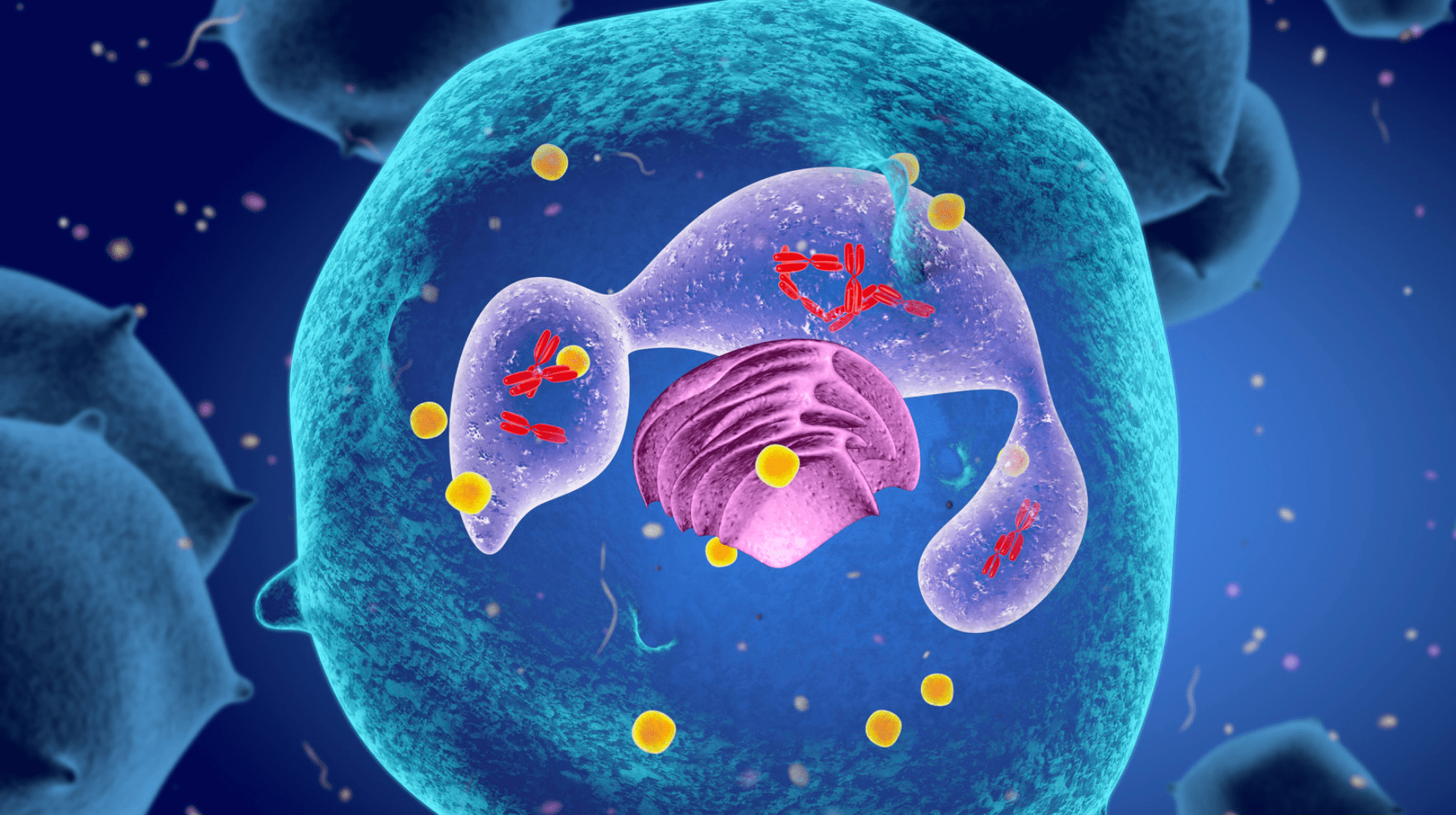
How inflammation and pain affect the endocannabinoid system
Cannabis and the endocannabinoid system found in all vertebrae work through myriad mechanisms. And at the top of the list of effects of cannabinoids are typically anti-inflammatory effects. Less well known is a vicious cycle that occurs when inflammation and pain negatively impact the endocannabinoid system or how to stop its breakdown.
Anti-inflammatory drugs is a huge market projected to be worth US$191.42 billion by 2027. But the drugs have major differences and nuances. For starters, ibuprofen is a common anti-inflammatory that doctors recommend almost unanimously. What traditional physicians don’t understand is how ibuprofen affects inflammation and pain in part by protecting the endocannabinoid system. Their failure is because medical science has only recently begun to acknowledge endocannabinology—the study of the endocannabinoid system (ECS).
The ECS is a complicated, important regulatory mechanism in the body. The system consists of several molecules, receptors and chemoresponsive channels. And while inflammation and pain can break down endocannabinoids from certain sources. The ECS compensates in the sense that inflammatory signals increase cannabinoid receptor expression.
Is inflammation useless?
Many different things in the body cause, inhibit, or regulate inflammation, and some mechanisms affect the endocannabinoid system.
Our body uses inflammation as an emergency response. For example, broken bones require inflammation to heal properly. The breakdown of the endocannabinoid system plays a role here, in which the body releases a substance (COX-2) in response to pain. COX-2 then breaks down endocannabinoids into various inflammatory compounds.
This means that the inflammation has a purpose. Rather, it is the uncontrollable proliferation of inflammatory compounds that can eventually attack and damage the organism they protect. However, as it turns out, elevated levels of cannabinoid receptors in response to inflammation could naturally counteract endocannabinoid breakdown.

The therapy of an inflammation requires a precise target
Natural design is imperfect. Fortunately, beyond the human body, we can access exogenous substances that help tune our biological systems. But cannabinoids and terpenes are just a tool. For example, omega-3 fats, chocolate, maca root, and black peppercorns may also be beneficial. Although some studies now suggest that the best therapy for various ECS-related diseases is to block enzymes that break down compounds within the system.
Let us know in the comments if you have any inflammation or pain stories to share. And don’t forget to check out this story about the breakdown of endocannabinoids after a traumatic brain injury.
swell
- Morris G, Sominsky L, Walder KR et al. Inflammation and nitrooxidative stress as drivers of endocannabinoid system aberrations in mood disorders and schizophrenia. Mol Neurobiol (2022). https://doi.org/10.1007/s12035-022-02800-

Post a comment: